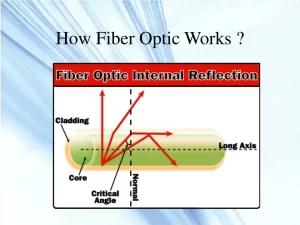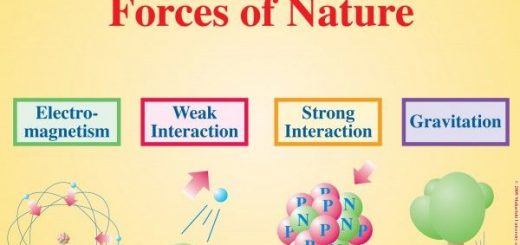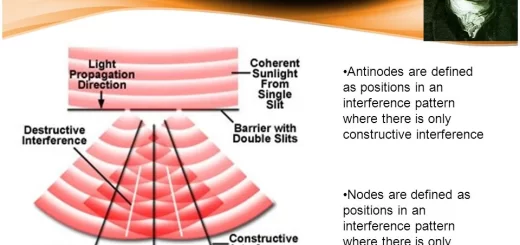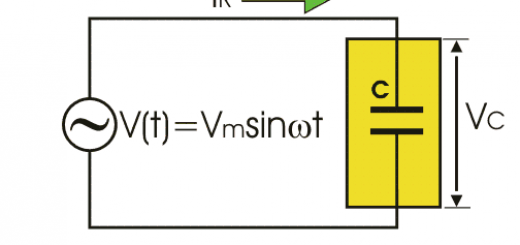Applications on the total reflection of light (Optical fibers, Reflecting prism and Mirage)
Light refraction is used in explaining total reflection and dispersion of white light, When a light ray travels from an optically higher dense medium (such as water) to an optically less dense one (such as air), it refracts away from the normal line, As the angle of incidence increases in the optically higher dense medium, the angle of refraction increases in the optically less dense one.
Total reflection
At a certain angle of incidence, the angle of refraction reaches its maximum value, which is 90° and the light emerges tangent to the separating surface and is called in this case grazing ray, the angle of incidence is called the critical angle (Φc).
When the angle of incidence exceeds the value of the critical angle, the light ray does not emerge to the optically less dense medium but reflects totally in the optically higher dense medium and this phenomenon is called total reflection.
The critical angle between two media (Φc) is the angle of incidence in the optically higher dense medium, which corresponds to an angle of reflection in the less dense medium that equals 90°.
Total reflection is the reflection of the light rays in the optically higher dense medium when the angle of incidence exceeds the critical angle of the optically higher dense medium.
When the critical angle of a medium with air = 40°, This means that the angle of incidence in this medium = 40°, corresponds to an angle of refraction in air = 90°.
Conditions of the total reflection
- The light rays travel from the optically higher dense medium to the optically less dense one.
- The angle of incidence must exceed the critical angle between the two media.
Deduction of the relation between the sine of the critical angle & the refractive index of a medium.
Applying Snell’s law:
n1 sin Φ = n2 sin Θ
Φ = Φc , Θ = 90°
∴ n1 sin Φc = n2 sin 90°
sin Φc = n2 / n1 = 1n2
Where (n) is the absolute refractive index of the optically higher dense medium.
Applications on the total reflection of light
- Optical fibers (fiber optics).
- The reflecting prism.
- The Mirage.
Optical fibers (fiberoptics)
Optical fiber is a thread-like tube of transparent elastic material, which can be bent while containing light and can be made of a bundle of fibers.
When a light ray falls on any part of the internal wall of the optical fiber with an angle of incidence greater than the critical angle, it undergoes successive multiple reflections until it emerges from the other end without much loss in the intensity of light despite of the bending of the fiber.
Optical fiber is a thread-like tube of transparent elastic material in which the light ray enters from one end and undergoes successive multiple reflections until it emerges from the other end.
Optical fibers use
- Transferring light to parts hard to reach.
- Transmitting light in non-straight paths without much loss in the light intensity.
- They are widely used nowadays in medical examinations such as medical endoscopes, which are used in diagnoses and operative surgery using laser beams.
- Communication as light can carry millions of electric signals in optical fiber cables.
Reflecting prism
Reflecting glass prism whose angles (45°, 45°, 90°), It can change the path of the light beam by 90° or 180°, So, it is used in some optical instruments such as periscopes in submarines, and binoculars in the field.
Changing the path of the light ray by 90°: When a light ray falls normally on one of the right-angled sides, it passes straight and falls on the side opposite to the right angle 45°.
Since the critical angle between the glass and the air is 42° then, the light ray reflects totally by an angle 45°, The reflected light ray falls normally on the other right-angled side and passes without reflection.
Changing the path of the light ray by 180° : When a light ray falls normally on the side opposite to the right angle, it passes straight and falls on one of the right-angled sides by an angle of 45°, Since the critical angle between the glass and the air is 42°, then the light ray reflects totally by an angle 45°.
The reflected light ray falls on the other right-angled side by an angle of 45° and reflects by an angle of 45°, The reflected light ray falls normally on the side opposite to the right angle and passes without refraction.
The reflecting prisms are preferred to the metallic reflecting surface (mirror) in some optical instruments because they reflect light totally while it is seldom to find a metallic reflecting surface whose efficiency is 100 %, In addition, a metallic surface eventually loses its luster & hence its ability of reflection decreases, This does not happen in a prism.
The surfaces at which light rays fall on a prism or emerge from it may be coated with a non-reflective layer of material like cryolite (aluminium fluoride and magnesium fluoride) whose refractive index is less than that of glass, Thus, the critical angle between the glass and cryolite becomes small to avoid any reflection losses on the prism, even little as they are.
Mirage
During hot days the roads seem covered with water, also the hills and the palms seem like inverted pictures such as the picture formed due to reflection on the water surface, So, the observer thinks that there was water on the road and this phenomenon is known as a mirage.
In extremely hot days, the temperature of air layers adjacent to the Earth’s surface increases, so that its density decreases more than the upper layers, Accordingly the refractive indices of the upper layers become more than the lower layers (n1 > n2).
When a light ray passes from the upper air layers to the lower air layers, it refracts away from the normal according to Snell’s law, where (n1 sin Φ = n2 sin Θ), The deviation of light ray increases when it passes through air layers taking a curved path.
When the angle of incidence of the light ray in one layer becomes more than the critical angle of the following layer, the light ray reflects totally taking a curved path upwards until reaching the eye, so, the eye sees the image (top of the palm) inverted on the extension of the light rays that reach the eye and the observer thinks that there is a pond.
You can subscribe to Science Online on YouTube from this link: Science Online
You can download Science online application on Google Play from this link: Science online Apps on Google Play
Dispersion of White light analysis, Normal prism, and thin prism
Light wave properties, Analysis of white light, Spectrum colours, and Light intensity
Types and Laws of light reflection, Regular and Irregular reflection of light
Light refraction effects, Law of light refraction, Mirage and Apparent positions of objects




